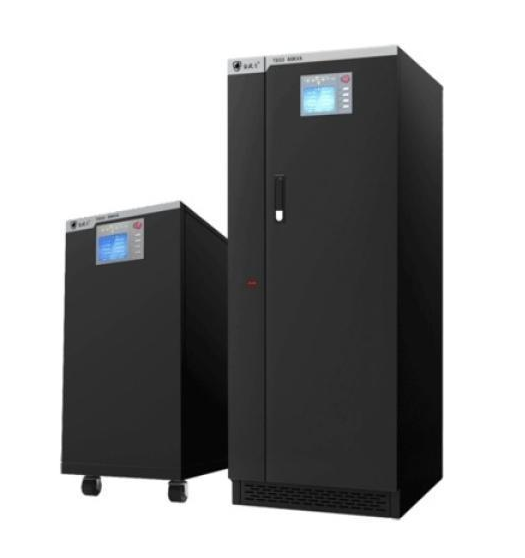1. Constant current charging: Constant current charging is to use the method of segmented constant current to charge. Generally, it is realized by adjusting the charging device itself. The charging current can be arbitrarily selected and adjusted, with strong adaptability, especially suitable for long-term charging of small currents, and also conducive to the charging of batteries with slow capacity recovery. The disadvantage is that the initial charging current is too small, the charging current is too large in the later stage of charging, the charging time is too long, and there is a lot of gas evolution.
2. Constant voltage charging: Constant voltage charging means that each single-cell battery is charged with a constant voltage. The characteristics are: the initial charging current is quite large, the battery electromotive force and the relative density of the electrolyte rise rapidly, and the charging current gradually decreases as the charging continues, and only a small current passes at the end of the charging: the charging time is short, the energy consumption is low, Generally, 90%~95% of its capacity can be obtained by charging the battery for 4~5h; if the charging voltage is selected properly, the whole charging process can be completed in 5h, and the whole charging process does not need to be looked after. This charging method is widely used for supplementary charging. .
3. Fast charging: Fast charging refers to the charging method with a high current method. Fast charging can shorten the charging time without generating a large number of air bubbles and without generating heat. At present, the commonly used fast charging mainly includes pulse charging and high-current rapid deceleration and rapid charging.
4. Equilibrium charging: Equilibrium charging is a charging process of 1~3h with a small current (1/20C20A). It is mainly used to eliminate the difference caused by the unbalance of the whole group of batteries caused by a certain reason under the same operating conditions for a group of floating charge UPS power batteries, so as to achieve the balance of the whole group of batteries.

6. Intelligent charging: Intelligent charging is a relatively advanced charging method at present. The principle is to dynamically track the acceptable charging current of the battery during the entire charging process. The du/dt technology is applied, that is, the charging power supply automatically determines the charging process parameters according to the state of the battery, so that the charging current is kept near the acceptable charging battery curve of the UPS power supply battery from beginning to end, and the battery is kept almost without gas evolution. battery.

